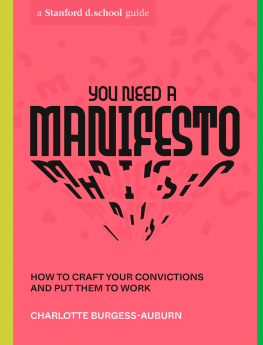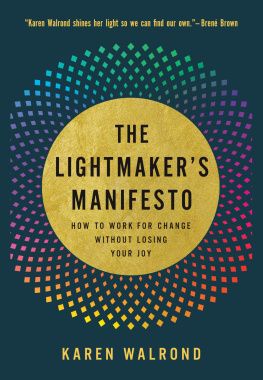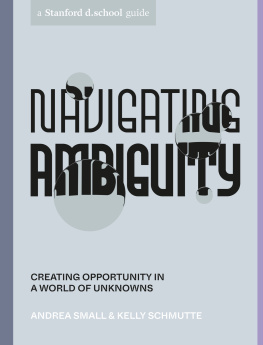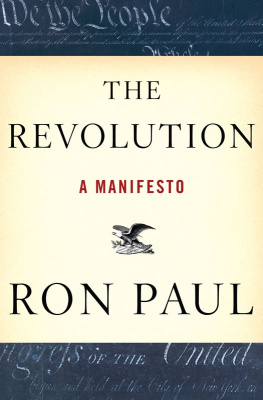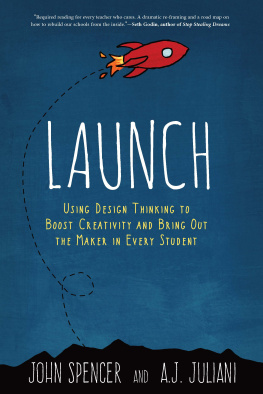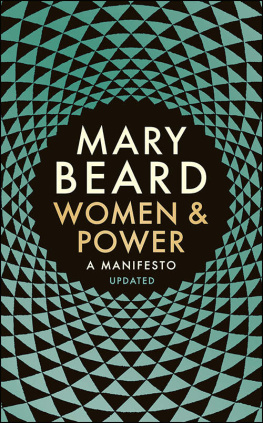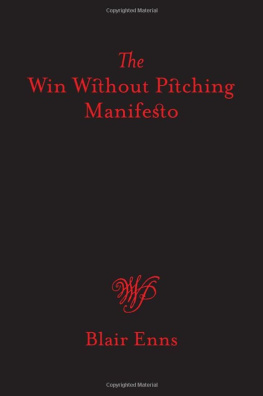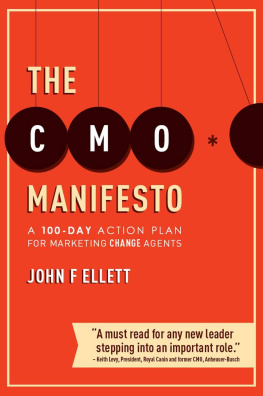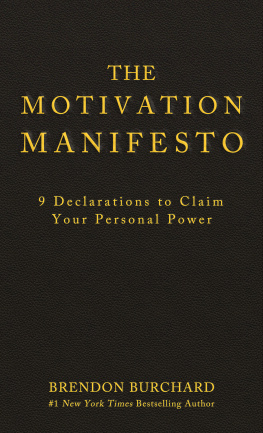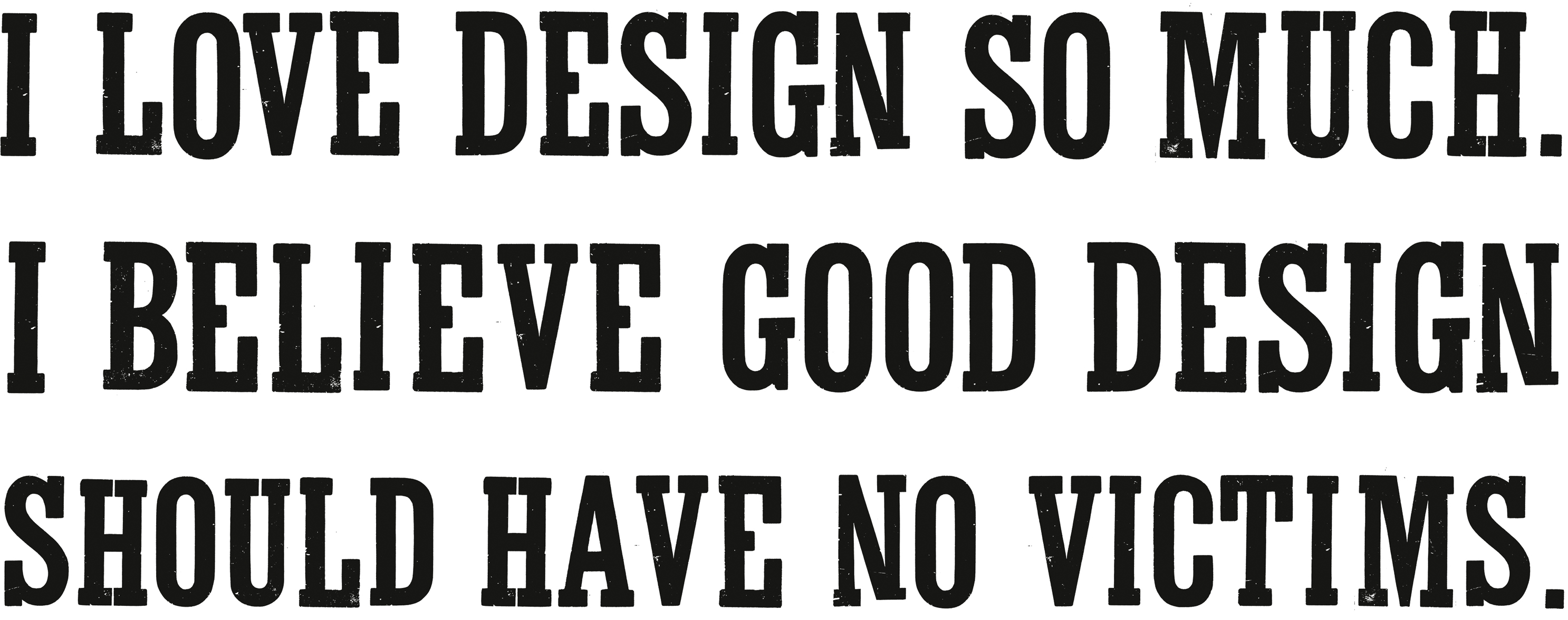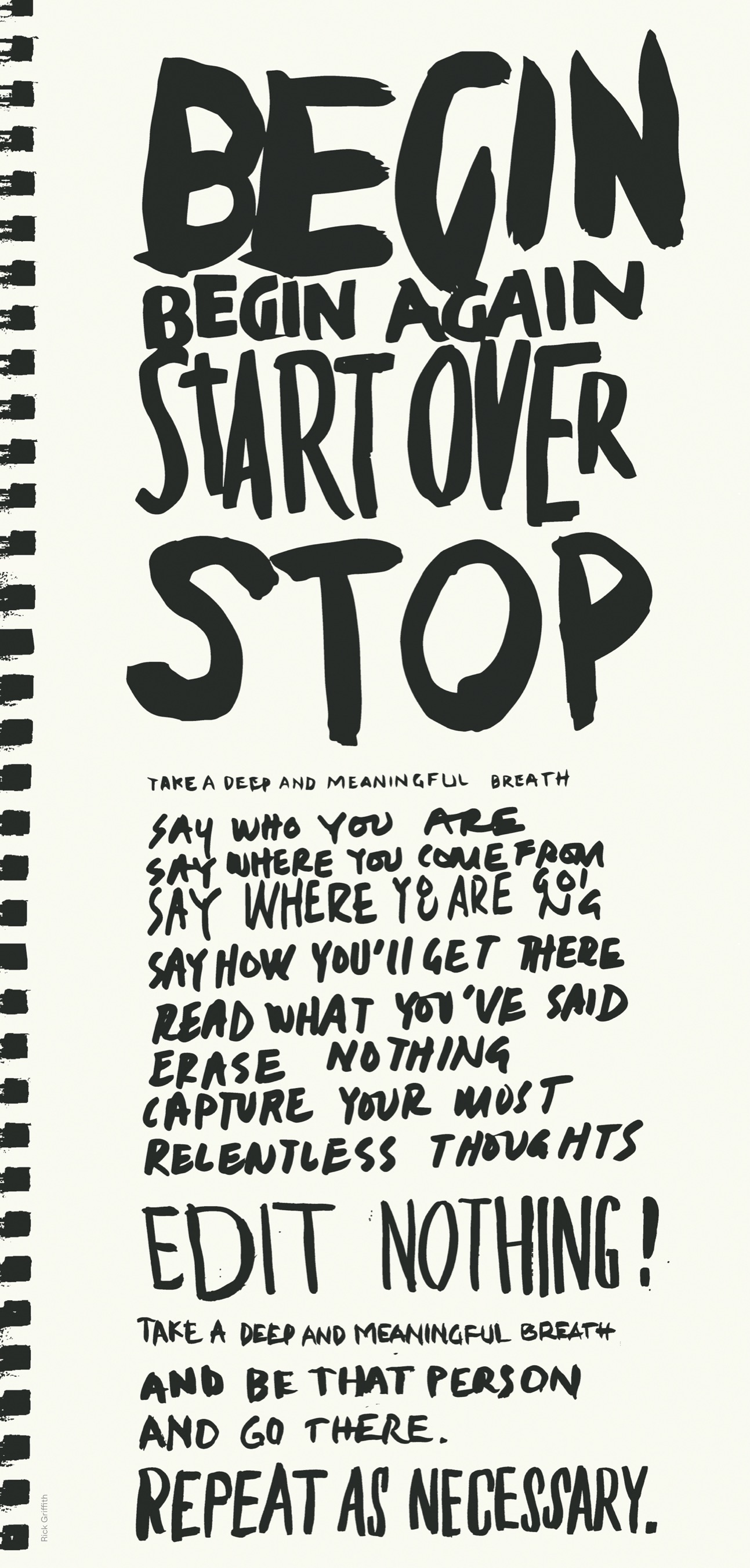Contents
Landmarks
Print Page List
Acknowledgments
First of all, I would like to thank you thank you for wanting to live in and work with your values. You, and all the others who are doing the same thing, whether with a manifesto or without, are who keep me getting up in the morning. I am grateful to my parents and my family who gave me my foundational beliefs, to my friends and my communities who built and shaped my values with me, and to my husband and children who show me how to try and live them every day.
To my many colleagues and collaborators at the d.school, your voices resound in this book. Thank you for sharing and shaping my work with me over the past fifteen years. I owe much to Julian Gorodsky, who first helped me to assign a problem to its rightful owner and stay in discomfort long enough for it to teach me something. And I want to thank both Michael Hawley and George Kembel, who hired me at MIT and Stanford respectively, and who believed in me before I knew what I believed.
In this work particularly, I would like to thank Scott Doorley for believing in us all, and in me especially. I am so grateful for the extraordinary generosity of your time, talent, and vision in the service of this effort. To my editor Jenn Brown, this work and all our work is made so much better by your shaping and stitching. Your gentle hand produces strength and structure. To the incredible editorial, design, and production team at Ten Speed Press, thank you for helping us to bring our wild ideas to fruition with such expertise and elegance. And a particular thanks to Annie Marino, for the extraordinary effort of design and illustration that bring such joy and life to this little book.
And finally, with gratitude to Rick Griffith, for trusting us with your work. It is an honor beyond measure, which I will endeavor to deserve.
Coda
In my own personal manifesto, there is one statement that underlies everything else: Everything is more complicated that you can possibly understand.
I came to this knowledge through experiences that were diversely painful, beautiful, confusing, crushing, and cathartic. In other words, by living. This mantra is my reminder to constantly reach for humility, to extend the benefit of the doubt, to exercise compassion, and to be cautious of both my own assessments of any situation and the assertions of others. It is a poem to the beauty and mystery of complexity, and to the frustration of never knowing enough. Its good for moments of defeat. It props me up by reminding me that screwing up is totally normal. And its good for the high points too, where it tempers my sweet victories with a strong dash of realism. It points out that my goals are helplessly tied up with the goals of others, and that my values are truly known only to me. I use it nearly every day.
In my minds eye, the life Im navigating looks like an ocean, incredibly vast and in constant motion. At any given moment the pieces of my manifesto, like the one just offered, help make up the boat Im in. But manifestos dont sail themselves. Theyll keep you upright and balanced in the waves only as long as youre paying attention, managing your sails, adjusting your heading, and bailing out the hull. Youve got to keep working on them to keep moving forward.
Making a manifesto is a practice of self-awareness, but its not just for you. By knowing yourself better, you can do better work with others. And your manifesto may be your boat, but its not the only way to travel. In the end, if you abandon ship on your manifesto but hold fast to your values, your beliefs, and your self-awareness, well all make it safely to shore.
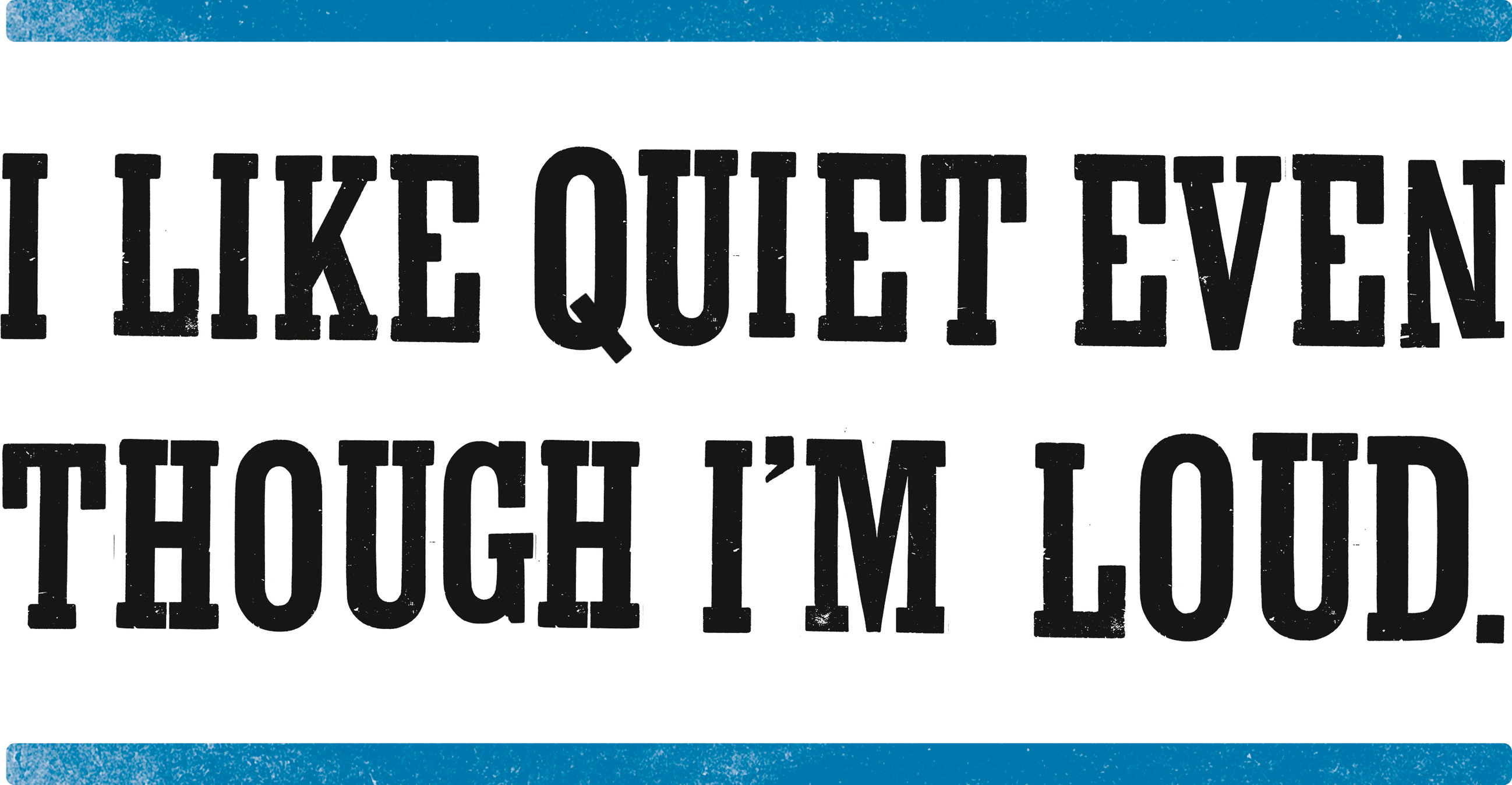
RICK GRIFFITH: Master Manifester
Rick Griffith is a graphic designer and master letterpress printer. His work is an exploration of language, history, politics, science, music, and ethicstypographically-focused and relevant. He is known as a passionate advocate for design.
Rick was born and raised in Southeast London and immigrated to the U.S. in the late 1980s. His early jobs at Washington DC record stores turned him on to graphic design. A (short) freelance career on Madison Avenue funded his first practice, RGD (Rick Griffith Design), and his love of design (and his partner Debra Johnson) sustains the design practice, MATTER, which, over the last two decades, has grown into an ambidextrous design consultancy, print shop, workshop, and retail bookstore.
From his home in Denver or his creative atelier in Brooklyn, Rick travels the world as a visiting artist, lecturer, and educatorsharing his enthusiasm and knowledge with the next generation of designersand contributing critical dialogue regarding graphic design as a broad discipline in the service of community and industry.
Ricks true orientation is toward self-reliance, disruption, creative compassion, and independent thought.
For most of us, life is longfor a lot of reasons, we might begin to act like it.
If we are going to love design, make design useful, give design power and authority, and focus on its service to otherswell, we are also going to have to know more. Firstly, know ourselves more. Know our planet more. Know our price more. Know more geography, know more physics, know more about loss and grief, know more about love and joy. Not just care aboutbut know more aboutthe impact of our actions on others.
Design, like many constructs, is a human invention full of human action. We have to be willing to do it for each otherif we do this work at all.
from A Love Letter to Design, a List of Demands, and a Stern Look, by Rick Griffith
Sources
For links to, and list of, the resources mentioned in this bookand to add to the library of manifestosvisit d.school.stanford.edu/books/manifestos.
Be Your Own Monk
A few years ago I went to a conference in Oxford, England. It was a cold, rainy, and raw April, not unusual for England but romantic in a way, with early morning mists hovering over the canals that thread in and around the city. The gardens seemed to burst out from behind the giant gates of ancient university courtyards and soaring stone buildings. A few days in, Debra, a colleague of mine from Stanford, also arrived. She was deeply involved in the content of this conference and in high demand from presenters and the attendees alike, meeting tables of people in the hotel dining room at 7:00 a.m. for breakfast, having one-on-ones over tea and coffee, and squeezing in appointments between presentations nearly all day long.

